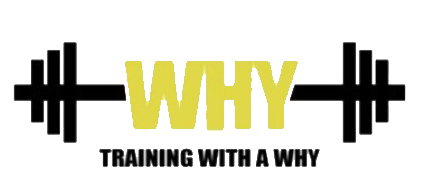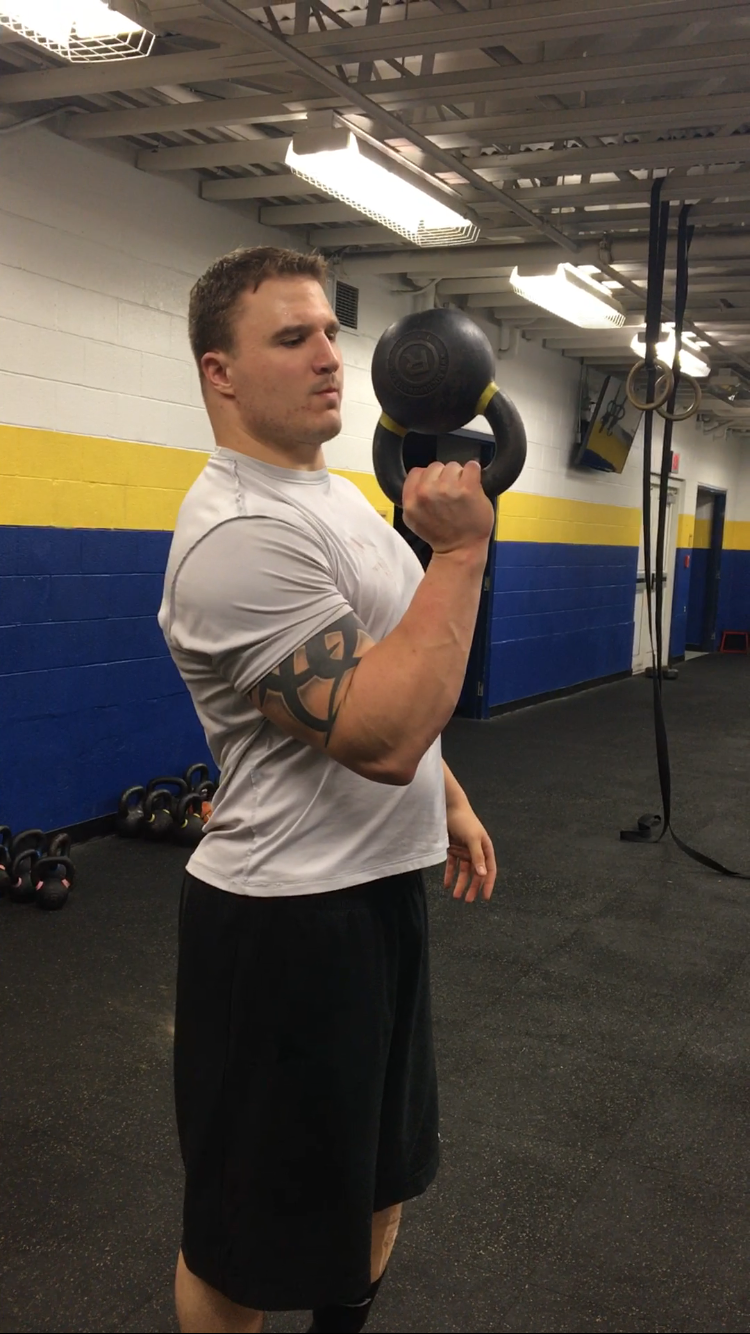I’m not sure there is a single body part that is more frustrating than the shoulder. The shoulder joint is the most mobile joint in the human body with 120 degrees of flexion available. This mobility is useful for achieving great athletic feats but can be a detriment when the shoulder is put in a compromising position. I recommend performing the following two exercises multiple times a week to accomplish two goals, maintain and/or improve mobility in the shoulder joint and strengthen the shoulder girdle as a whole. (Side note, the turkish get-up is a staple of my program for these vary reasons but it deserves its own article coming soon.)
Arm Bar
The arm bar is an exercise that I recommend as an extended warm-up or as part of a movement prep at the beginning of a workout. But it can fit in perfectly anywhere in the workout as the coach sees fit. The arm bar accomplishes a couple of things. Depending on the athlete, it can be a useful stretch anywhere from the delts, to the lats, to the biceps, and so on. I know I personally feel it instantly in my biceps and rear delt which is not surprising as those are two trouble areas for me in terms of tightness. The second thing it is great for is causing the stabilizing muscles of the shoulder joint to fire. When done correctly as shown in the video below, the shoulder joint is the only thing stabilizing the arm to hold the kettlebell overhead.
- Start lying flat on your back. Legs straight. Kettlebell resting on chest with both hands grasping handle.
- Press the kettlebell with both hands, taking the hand of the arm not doing the exercise (the off arm) off when the arms are fully extended. Bend the knee of the same side leg until the foot is flat on floor near glutes.
- The off arm starts out flat on floor extending away from torso. The off leg starts out flat and straight on floor in line with rest of body.
- Push off the bent leg rotating that hip towards the floor on the opposite side. Try your best to get the hip to touch and remain in contact with the floor.
- It’s at first okay for your same side leg to now be slightly bent flat on the floor. But when comfortable straighten it and slide it across the floor until it is parallel with your other leg (the off leg.)
- When you feel that your arm and kettlebell are stable slowly slide your off arm across the floor until it is overhead. Your body should now be in a straight line from off hand down to both of your feet.
- I usually have my athletes hold this position from anywhere between 20 and 30 seconds before switching arms.
Tips:
- Be careful and progress the weight slowly especially when first learning the exercise.
- When comfortable you want to make sure that the weight is challenging enough to reap the full benefits of the exercise.
- When your off arm and leg are extended away from your body they are giving you extra stability but when you straighten both your leg and arm out so that your body is in a straight line that extra stability disappears and the exercise becomes significantly more difficult,
- If you are coaching young athletes they my at first be nervous about feeling their shoulder stabilizing, you can usually visually see the shoulder pulsating, make sure to ensure them that this is the goal of the exercise and as long as their arm is in the locked out position they are doing it correctly.
Video Here: Arm Bar
Bottoms-Up Press
One of my favorite kettlebell exercises is the kettlebell press overhead. It is a great unilateral exercise that allows the shoulder to move naturally and freely. A variation of the kettlebell press that I love to implement to work shoulder stability is the bottoms-up press. The bottoms-up press takes the kettlebell and turns it upside down. In this position the actual ball is on top of the handle, making balancing the bell the main objective as you press it overhead. Naturally, the weight is significantly lighter compared to the conventional kettlebell press but this exercise can be very tiring and even more frustrating.
- Hold the kettlebell upside down in one hand.
- When you have it balanced proceed to press it overhead being sure to press until your arm is in the lock out position.
- Return the bell to the starting position.
Tips:
- The first thing this will test is your grip strength as simply holding the bell in the upside down position is challenging.
- This is a great exercise for learning how to create tension throughout the entire body as you will have to be tense throughout to successfully press a challenging weight overhead.
- It helps to make a tight fist with your opposite hand. This is something called irradiation where the tension travels to other parts of your body.
- I usually don’t prescribe over 5 reps per set because in my opinion anything higher defeats the purpose of what this exercise should be intended for. If someone can complete more than 5 reps with a certain weight the weight is not challenging enough and the athlete does not need to create a significant amount of tension.
- With this exercise being dependent on small muscles playing a big role increasing the weight can be a challenge even if someone can complete multiple reps at a certain weight.
- To counter act this, if an athlete is repping out a certain wright but cannot consistently complete reps at the next weight I have them practice just holding the bell in the upside down positon for a certain amount of time (usually 20-30 seconds) and that seems to help them progress.
Video Here: Bottoms Up Press
Prioritize It
In my opinion implementing correctives that target the shoulder girdle should be a major priority for strength and conditioning coaches. I also want to mention that I believe everyone can benefit from strengthening their shoulder girdle as a whole as it will help them progress in whatever their goals may be. These two exercises in this article should also be used by anyone with nagging shoulder injuries. Give these exercises a shot and do them consistently for a period of time and I bet that you see an improvement in a number of different aspects of your training.
As always, thanks for reading and be sure to support this site by subscribing with your email.


